Did you know that zero-turn mowers can turn on a dime, literally? Unlike traditional riding lawn mowers with a turning radius that resembles a pizza, zero-turn mowers achieve a near-zero turning circle by having independently controlled wheels. This allows for unmatched maneuverability, making them perfect for navigating around obstacles, trimming tight corners, and tackling even the most intricate landscaping features.
But with great power (and maneuverability) comes a bit of responsibility! Mastering the startup process of a zero-turn mower is crucial for ensuring a smooth and safe mowing experience. That’s where this guide comes in. We’ll walk you through every step of starting your zero-turn mower, from essential safety checks to navigating a cold or warm engine start. By the end, you’ll be ready to conquer your lawn with confidence!
Safety First: Essential Precautions Before Starting
- A. Importance of safe operation: Emphasize the importance of following safety protocols to avoid accidents.
- B. Pre-start checks:
- Flat and clear working area: Avoid starting on slopes or uneven terrain.
- Engage parking brake: Ensure the mower is stationary and won’t roll.
- Disengage mower blades (PTO): Prevent accidental engagement during startup.
- Clear the area around the mower: Remove obstacles and bystanders for safe operation.
- Wear proper clothing and footwear: Dress for the task with sturdy shoes and avoid loose clothing.
Starting the Engine: A Step-by-Step Guide
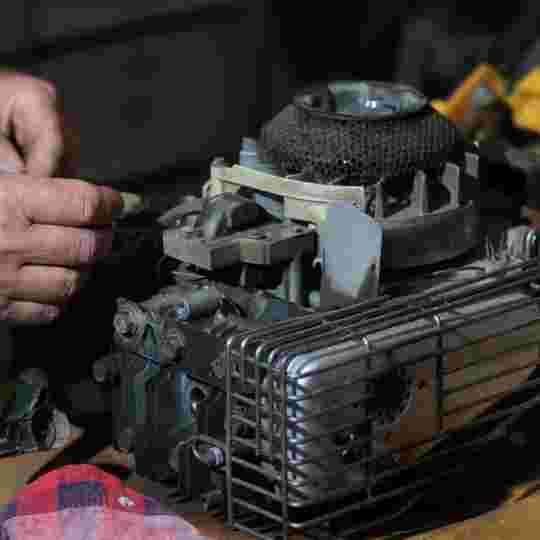
- A. Identifying Key Components:
- Ignition Key: Locate the key and its different positions (Off, Run, Start).
- Choke (if applicable): Explain the choke’s function and when it’s needed (cold engine).
- Throttle Lever: Briefly explain throttle control and starting position (usually low idle).
- Parking Brake: Emphasize the importance of keeping the brake engaged during startup.
- B. Starting a Cold Engine:
- Engage the parking brake and ensure PTO is off.
- Apply choke (if applicable) for a cold engine (refer to owner’s manual for specific choke usage).
- Set throttle to low idle position.
- Insert key and turn to “Start” position, hold for a few seconds, then release to “Run” when the engine starts.
- Gradually ease off the choke as the engine warms up (refer to owner’s manual for specific instructions).
- C. Starting a Warm Engine:
- Follow steps 1-3 from the “Starting a Cold Engine” section (parking brake, PTO off, throttle).
- No need for a choke for a warm engine.
- Turn the key to “Start” and release it when the engine starts.
Common Starting Issues and Troubleshooting
- A. Engine won’t crank:
- Check battery connection: Ensure battery terminals are clean and tight.
- Low fuel level: Refill the fuel tank.
- B. Engine cranks but won’t start:
- Incorrect choke usage (refer to owner’s manual).
- Faulty spark plug: Consider replacing the spark plug.
- C. Engine starts but runs rough:
- Dirty air filter: Clean or replace the air filter.
- Old or bad quality fuel: Drain and refill with fresh fuel.
Tips for Operating a Zero-Turn Mower
A. Familiarize Yourself with Your Mower’s Controls
- Read the Owner’s Manual Thoroughly:
- Understand the specific features and controls of your model.
- Learn about safety features, maintenance schedules, and troubleshooting tips.
- Identify all control levers, buttons, and indicators on the mower.
B. Practice Starting in a Clear, Open Area
- Get Comfortable with the Starting Process:
- Ensure the parking brake is engaged and lap bars are in the outward position before starting.
- Familiarize yourself with using the choke for carbureted engines.
- Practice starting and stopping the mower multiple times to build confidence.
C. Perform Routine Maintenance
- Regular Maintenance Ensures Smooth Operation:
- Pre-Operation Checks: Inspect blades, tire pressure, fluid levels, and belts before each use.
- Post-Use Cleaning: Remove grass clippings and debris after each mowing session.
- Weekly Tasks: Check battery connections and air filters, lubricate moving parts.
- Monthly and Seasonal Tasks: Change engine oil, inspect spark plugs, and clean the fuel system as per the manufacturer’s recommendations.
- Storage Preparation: Clean thoroughly, drain the fuel system or add a fuel stabilizer, and store in a dry place.
These steps will help you operate your zero-turn mower efficiently, ensuring a high-quality cut while maintaining the longevity and reliability of your machine.
FAQs
Are zero-turn mowers difficult to start?
Not necessarily! With a little practice and by following the steps outlined in this guide, you can start your zero-turn mower safely and efficiently.
What’s the difference between starting a cold and warm zero-turn mower engine?
The main difference is the choke. For a cold engine, you might need to engage the choke to regulate air-fuel mixture for easier starting. Warm engines typically don’t require choke usage. Refer to your owner’s manual for specific choke instructions for your mower model.
My zero-turn mower won’t start. What could be the problem?
There could be several reasons. This guide covers common issues like a low battery, incorrect choke usage, or bad fuel. Check the troubleshooting section for solutions and refer to your owner’s manual for further guidance.
Where can I find the owner’s manual for my zero-turn mower?
You can usually find a physical copy of the owner’s manual that came with your mower. Most manufacturers also offer downloadable versions on their websites. Search for your mower’s brand and model number to locate the manual online.
What safety precautions should I take before starting my zero-turn mower?
Safety is paramount! Always ensure the parking brake is engaged, the mower blades are disengaged (PTO off), and the working area is clear of obstacles and bystanders. Wear proper clothing and footwear for safe operation. Refer to the “Safety First” section of this guide for a detailed breakdown of safety precautions.
Operating a Zero-Turn Mower: Key Steps and Safety Tips
A. Key Steps for Starting a Zero-Turn Mower Safely
- Prepare the Mower:
- Engage the parking brake.
- Ensure lap bars are in the outward (neutral) position.
- Sit on the seat (most models require this for starting).
- Check Engine Settings:
- For carbureted engines, engage the choke if the engine is cold.
- Make sure the blade engagement lever is in the off position.
- Start the Engine:
- Turn the key to the start position and hold it until the engine fires up.
- If using the choke, gradually disengage it once the engine starts and runs smoothly.
- Ready for Mowing:
- Push the lap bars inward to engage the drive system.
- Release the parking brake.
- Begin mowing by pushing the lap bars forward.
B. Importance of Following Safety Precautions and Referring to the Owner’s Manual
- Safety First:
- Always wear appropriate safety gear, including ear protection and sturdy footwear.
- Be aware of your surroundings, avoiding obstacles and bystanders.
- Never bypass safety features or perform modifications that could impair safety.
- Refer to the Owner’s Manual:
- The owner’s manual contains crucial information specific to your mower model.
- Follow all maintenance schedules and troubleshooting advice provided in the manual.
- Understanding the manual ensures you use the mower correctly and safely.
C. Call to Action
- Share Your Experiences or Ask Questions:
- We’d love to hear from you! Share your experiences operating zero-turn mowers in the comments section.
- If you have any questions or need further advice, feel free to ask—we’re here to help!
By following these steps and safety tips, you’ll ensure a smooth and safe mowing experience. Happy mowing!


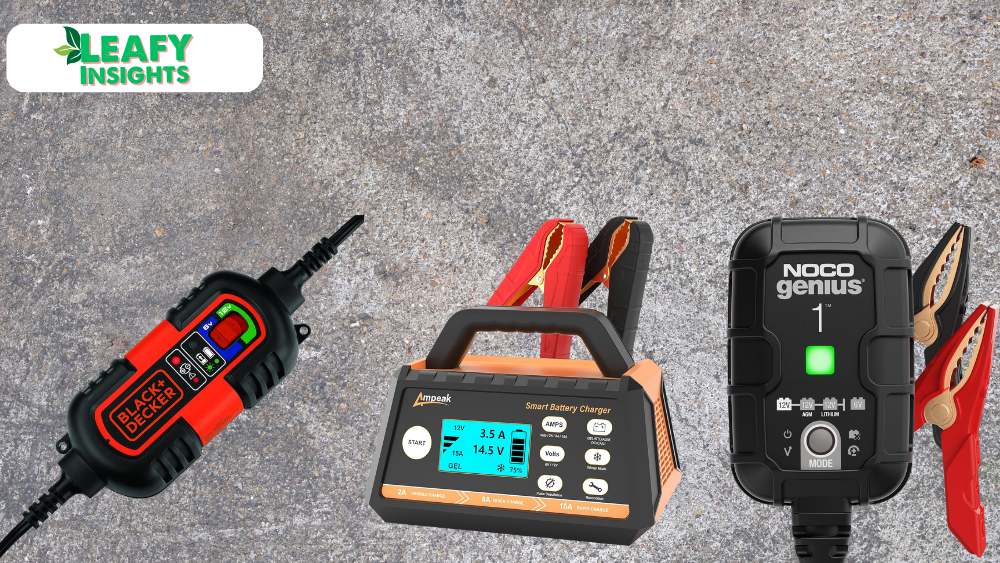
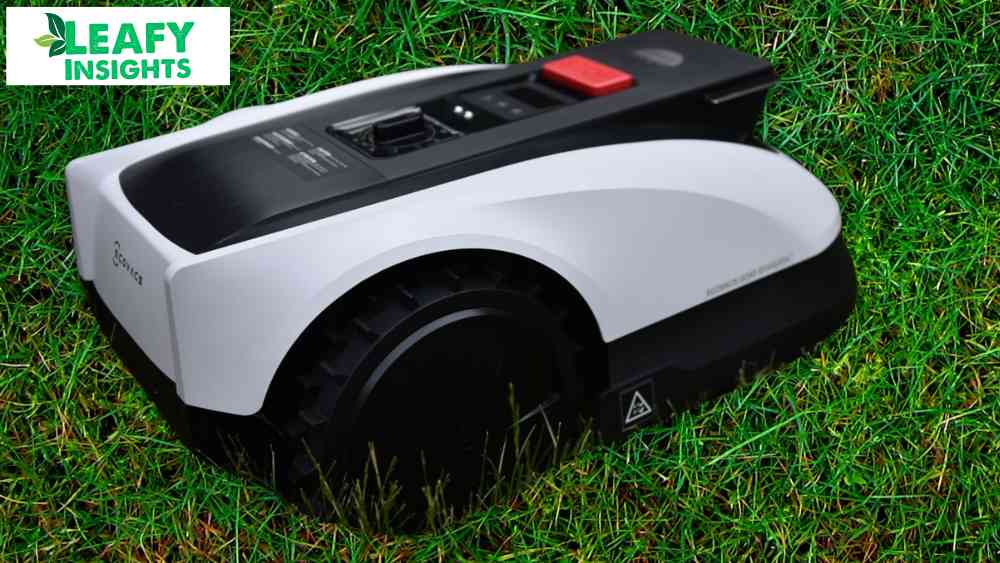
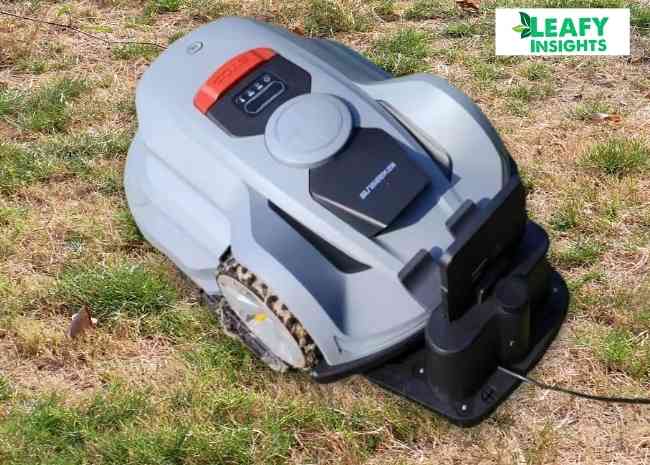
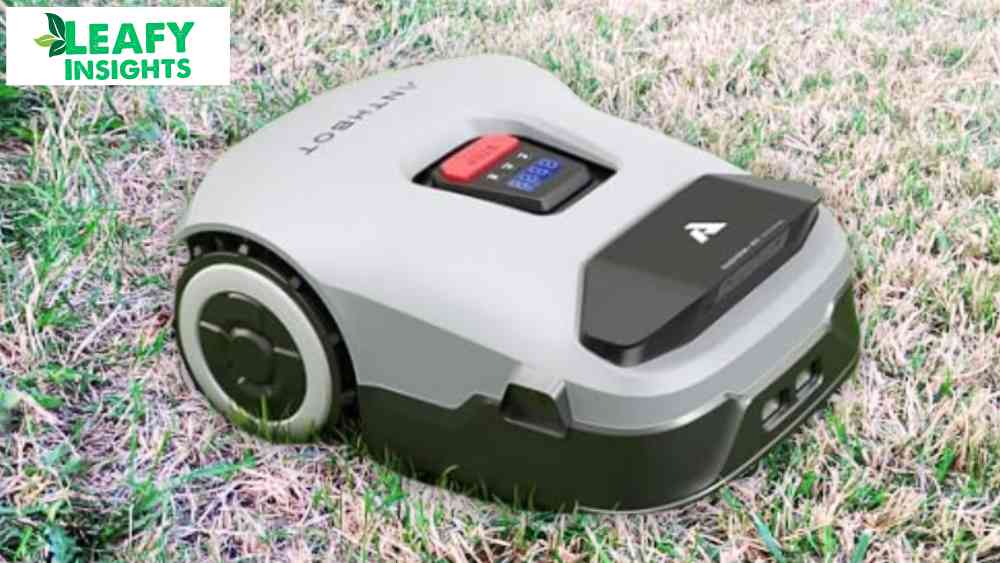
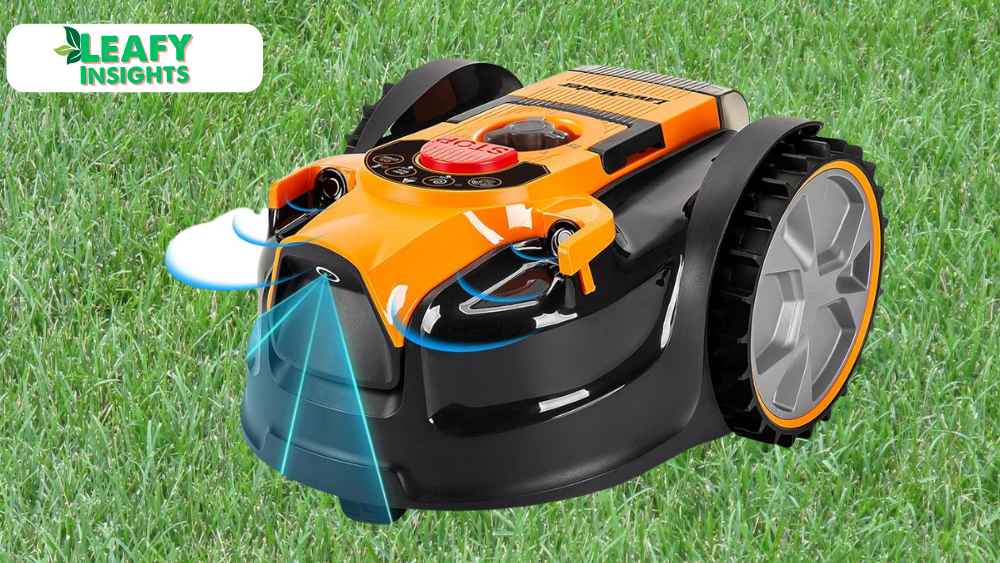
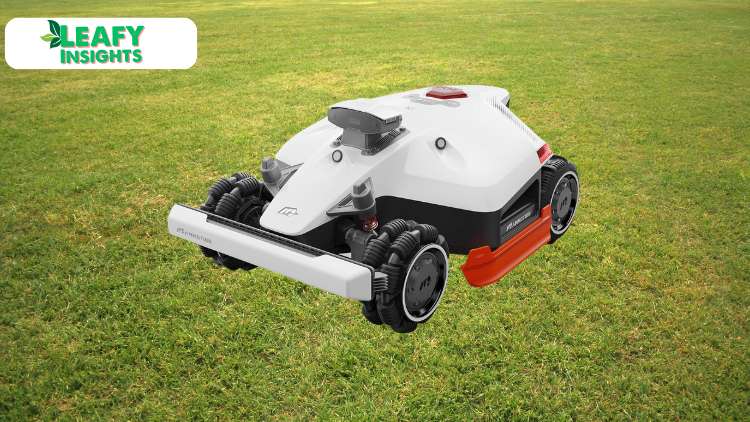
Leave a Reply